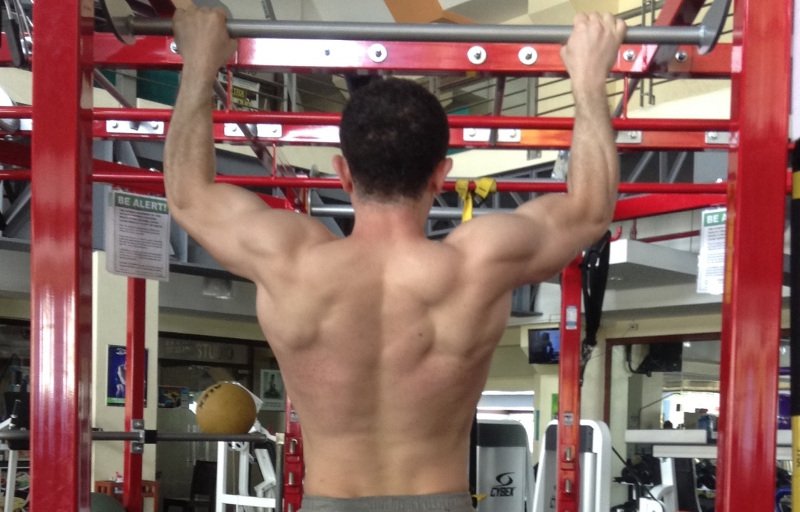Progressive overload is the #1 principle of strength training.
If you want to get stronger, you need to progressively overload the stress you put on your muscles.
If you do the same training over and over, you will remain the same.
If you gradually increase the stress on your muscles, you will get stronger. This process is called progressive overload.
Progressive Overload For Weightlifting Is Straightforward
It’s simple to apply progressive overload to weightlifting.
You strive to lift more weight for the same exercise compared to your previous training session, or you do more reps with the same weight, and voila, you achieved progressive overload.
For example; let’s say you deadlifted 300 pounds for 5 reps at this training session. If you lift 305 pounds for 5 reps or 300 pounds for 6 reps, you achieve progressive overload.
But, weightlifting is not the only way to build strength. Bodyweight training is an excellent way to get stronger.
Since building strength is impossible without progressive overload, how will you apply progressive overload to bodyweight training?
You can’t increase the weight you lift because you are training only with your body weight. If you increase your body weight for every session, you will balloon up and get fat in no time.
Increasing your reps isn’t practical either.
For example, let’s pick push-ups as an exercise. You start with 50 push-ups per session. As you train, you increase your push-ups to 200 push-ups per session. You will reach 200 push-ups rather quickly. What will you do next? Do 300, 500, 1000 push-ups? That would be too time-consuming.
There’s a much better and more time-efficient way.

How Do You Apply Progressive Overload To Bodyweight Training?
To apply progressive overload to bodyweight training, we will introduce a new variable other than weight or reps: TIME.
You will have a fixed number of reps according to your goals.
Let’s visit the push-up example again.
You start with 200 push-ups a session from the get-go.
Doing 200 push-ups will take you a lot of time when you are a newbie to training. Let’s say you complete 200 push-ups in 25 minutes.
Next session, you do 200 push-ups again. If you manage to finish doing 200 push-ups in less than 25 minutes, congratulations. You accomplished progressive overload. You will always try to beat your previous session duration.
Same goes with pull-ups, burpees, squats, sit-ups or any other bodyweight exercise.
You will always have a fixed number of reps.
An example training session:
200 push-ups
200 squats
100 sit-ups
Your training finishes after you complete all these numbers.
When you first start training, such a session can take you 35-45 minutes.
But, when you train more and more, the time you complete all these exercises will shrink and shrink. A few months later, you will see that all these exercises take you less than 20 minutes to finish.
Since you decreased the time to finish the session, you got stronger.
I Built Six Pack Abs With This Bodyweight Training Progressive Overload Principle
I built my six-pack abs by applying this progressive overload strategy:

When you get to the level to finish 200 push-ups in less than 5 minutes, you can be sure that you got ripped and strong.
It’s also a time-efficient method. When other people are wasting time on the treadmill, you will finish a killer exercise in a very short amount of time and you will have a body infinitely better than the people on the treadmill.
Do it like this and you will get stronger in no time.
Be sure to read:
- Ripped with Bodyweight: 12-Week Program for Muscle Growth and Fat Loss, Chapter 5: Progressive Overload
- Ripped with Bodyweight: 12-Week Program for Muscle Growth and Fat Loss, Chapter 8: The Workouts & The Routines
- 13 Reasons Why Every Man Should Do Bodyweight Training
- 8 Best Bodyweight Exercises to Build Muscle, Burn Fat and Get Ripped at Home Without Weights
- How to Get Six Pack Abs Fast
- How Long Does It Take To Get Abs?